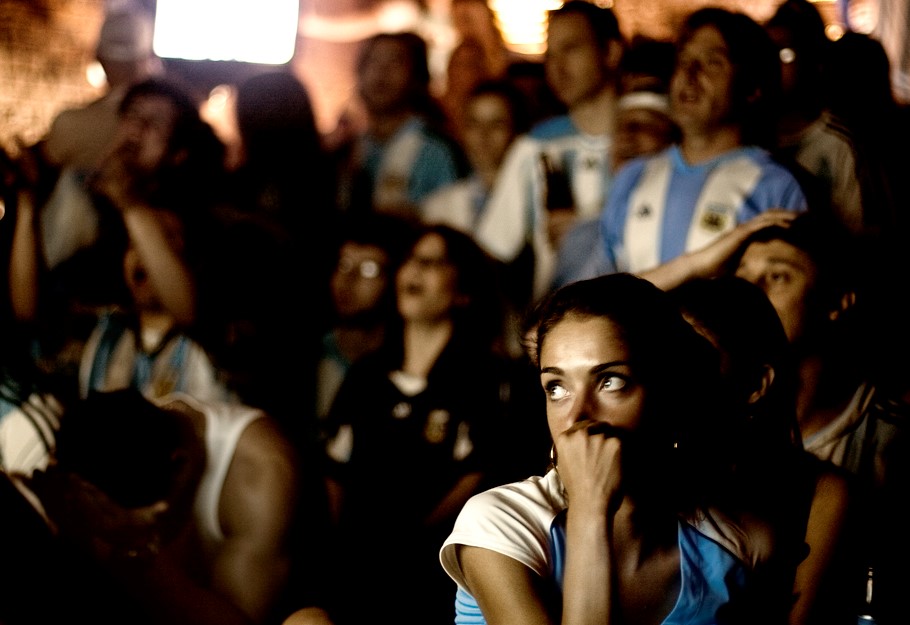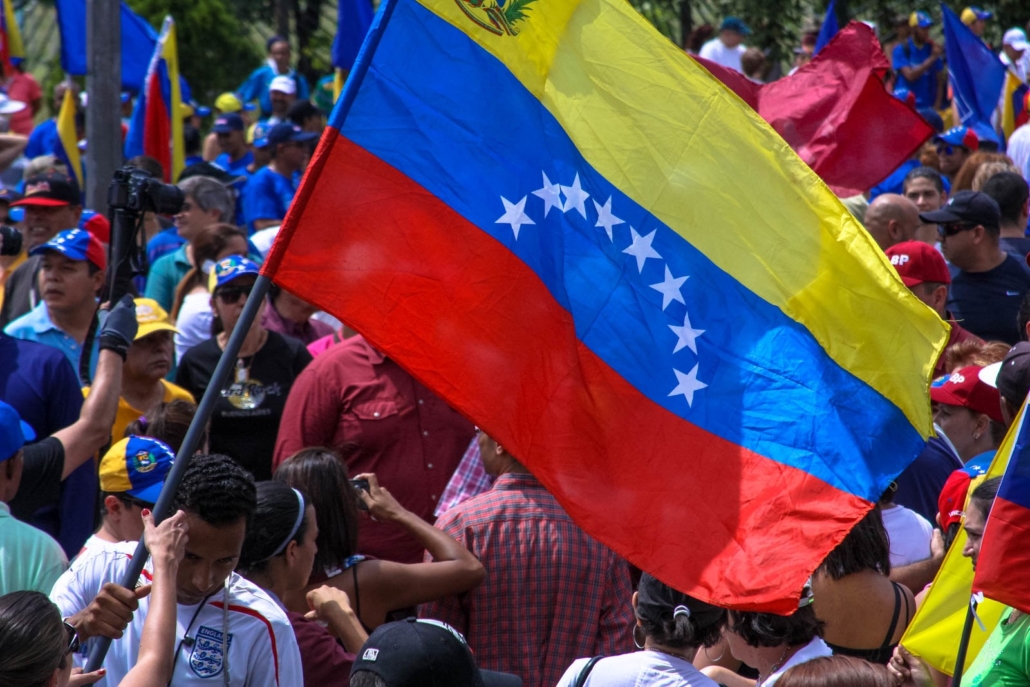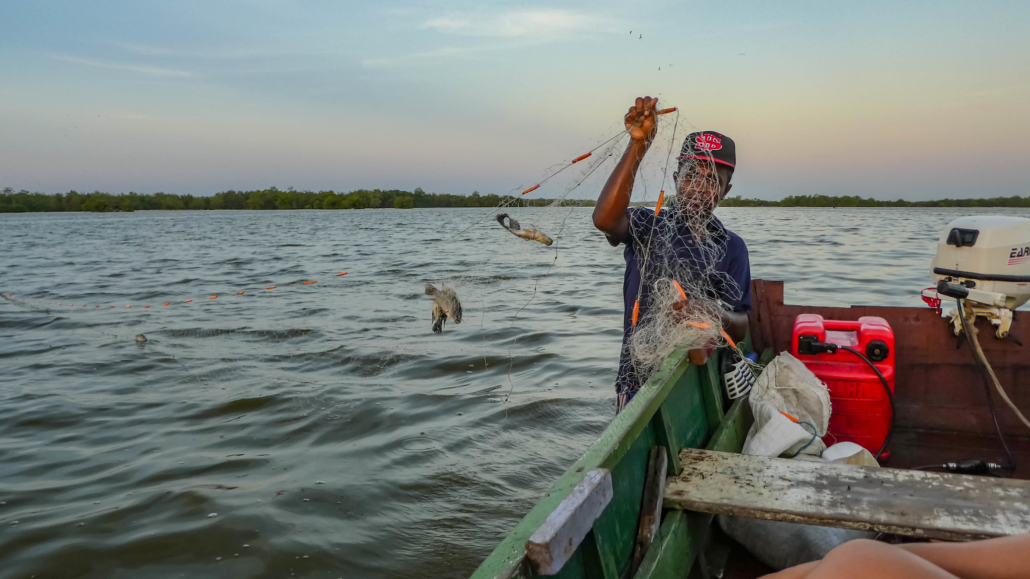
Located on the northeastern coast of South America, Suriname is the least populated country on the continent. The Globalized Crime Index lists Suriname as both a “waypoint and destination market” for human trafficking. The U.S. Department of State’s 2022 Trafficking in Persons Report gave Suriname a Tier 2 grade for its current standard of trafficking elimination efforts. This means that it does not meet the minimum expectations for the eradication of human trafficking. While many have acknowledges its attempts, further anti-trafficking action is necessary.
4 Facts About Human Trafficking in Suriname
- The Victims: Most victims of human trafficking in Suriname are migrants. Traffickers ship them from the Caribbean and transport them across the border from the poor, northern regions of neighboring Brazil or from Venezuela. Venezuela is a hotbed for trafficking due to its poor track record for prosecuting the offense. Once inside Suriname, victims end up in the capital where traffickers sell them to club owners who provide them with food and lodging in return for forced labor and prostitution.
- Gold Mining: About 90% of Suriname’s 620,000 population live in the capital, Paramaribo or on its coast. With just more than three people per square kilometer, Suriname is the seventh least densely populated country in the world. Moreover, with the thick cover of its unchartered jungle, Suriname’s rainforests is the optimum habitat for inconspicuous and illegal mining operations. Many victims of human trafficking in Suriname end up working in these mines with little to no pay. Furthermore, these mines have serious environmental consequences. Deforestation to clear land for illegal operations threatens indigenous populations. The use of mercury in gold mining pollutes rivers and contaminates fish which are a vital food source for many impoverished communities.
- Women and Girls: Reports show that those at the highest risk of being trafficked are young women and girls for sex work. This includes brothels and massage parlors in Paramaribo, which has an active sex tourism industry. There are also mining camps located deep within the rainforest where the possibility of escape from captors is even more unlikely due to the isolation of these secret locations.
- Legality: Prison sentences for traffickers have recently increased. The new laws mean sentences range between 9-12 years depending on the age of the victims. Suriname has also introduced a new fine of 100,000 Surinamese dollars ($5,120). Despite these government efforts to reduce human trafficking in Suriname, reports state that there were no convictions for trafficking in 2021 or 2020, compared with 18 in 2019 and seven in 2018.
The Future of Human Trafficking in Suriname
Ultimately, the issue of human trafficking in Suriname is difficult to precisely quantify, owing to the lack of data and the inherent corruption. There also surrounds the underground world of people trafficking and its clandestine practices. Many migrants do not have any documentation which makes it easier for traffickers to move people around like possessions. However, following Suriname’s uncontested election in 2020, its new president, Chan Santokhi promised to reform the judicial system. The enormity of this task amid such entrenched government corruption is evident.
Yet, Santokhi has pledged to tackle the issue head-on. He aims to strengthen the country’s judiciary by “granting it its own budget, improving prosecution services and appointing special prosecutors to focus on high-level corruption cases,” according to the Organised Crime Index. Within 6 months of taking office, Santokhi appointed 12 High Court judges and 15 prosecutors to the Attorney General’s office. As of November 2022, Santokhi announced his intentions to create an Anti-Corruption Commission with the purpose of monitoring the assets of more than 4,000 of Suriname’s top political officials. These pragmatic efforts demonstrate his genuine desire to make real changes in Suriname and create a brighter future for its inhabitants.
– Max Edmund
Photo: Flickr
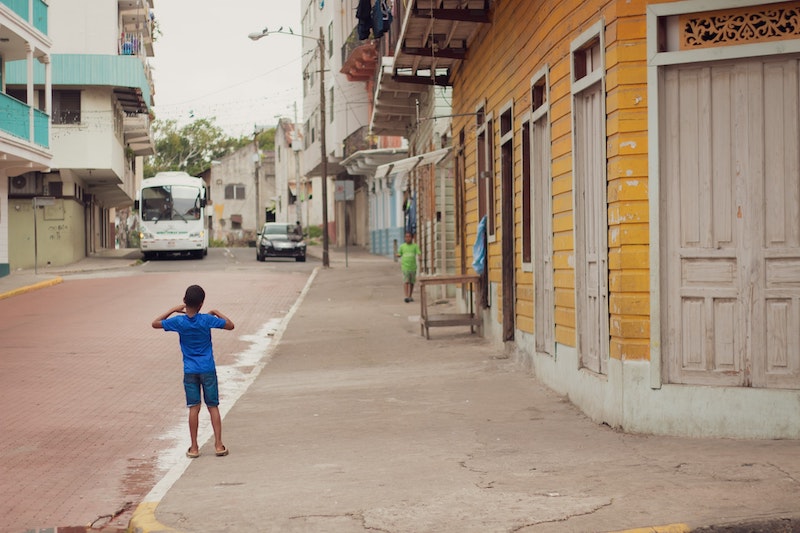 In 2019, in Panama, a country in Central America, authorities identified
In 2019, in Panama, a country in Central America, authorities identified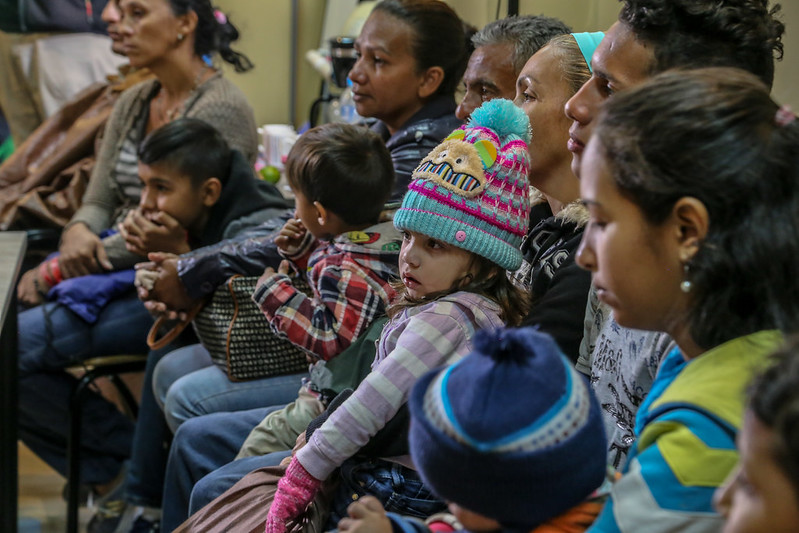
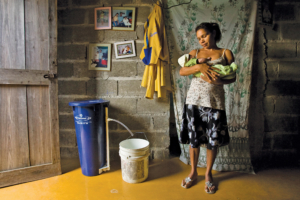
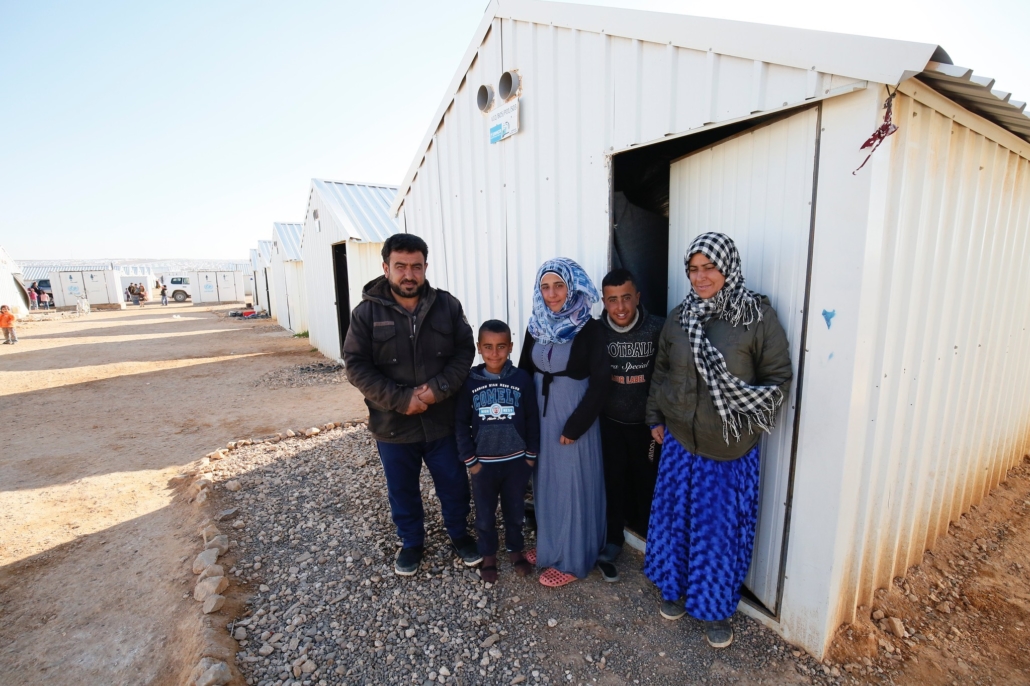
 Nearly
Nearly 